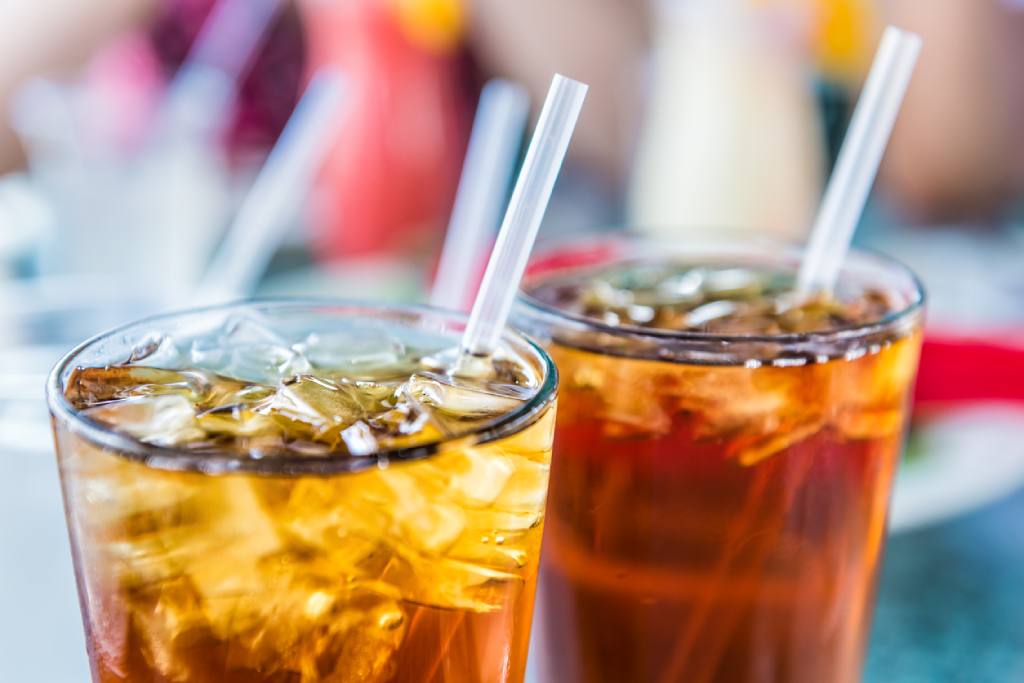
IESE Insight
Coca-Cola and Nestlé: A Story of Love and Hate
Coca-Cola and Nestlé’s joint venture initially failed due to logistical and strategic issues but was relaunched in 2001 as Beverage Partners Worldwide, focusing on emerging beverages.
In March 1991, two of the largest and most successful multinational companies in the food and beverage industry, The Coca-Cola Company and Nestlé, joined forces to create Coca-Cola Nestlé Refreshments Company (CCNR). The joint venture was expected to be among the most successful of its time.
The joint venture between Coca-Cola and Nestlé
The new company's purpose was to manufacture and distribute ready-to-drink (bottled and canned) coffee products (Nescafé). Canned tea (Nestea) and chocolate drinks (Nestlé) were also included in CCNR´s plans, as possible future extensions of the product portfolio.
The Coca-Cola Company's participation consisted of access to its extensive bottler network throughout the world and to its corporate name. Nestlé contributed its trademarks, its existing coffee formula, and its production technology and process know-how. CCNR was structured as a 50/50 subsidiary, with equal share of profit and loss.
The love-hate relationship between the multinationals
Initially both sides showed a definite willingness to make the venture a success and did all that was necessary to achieve that. CCNR ran into difficulties, however, when disputes arose over distributors and distribution channels, top management compensation policies, a shift in focus from Nescafé to Nestea, etc. The situation deteriorated until, in September 1994, the partners announced the dissolution of the joint venture. The agreement was that The Coca-Cola Company would continue to develop ice tea (with Nestlé licensing to them the brand name Nestea), while Nestlé would focus on the ice coffee products.
In 2001, however, the two food and beverage giants announced the re-launch of CCNR, under the name of Beverage Partners Worldwide. The re-formed venture would function as an entrepreneurial unit targeting emerging beverage segments, particularly ready-to-drink coffee, teas, and beverages with a healthful positioning.
Why did the joint venture not work in 1991-1994? Was it likely to work any better in 2001? In the 5-case series entitled "Coca-Cola Nestlé Refreshments Company" Professor Africa Ariño of IESE invites you to reflect on these questions.
